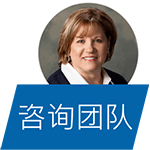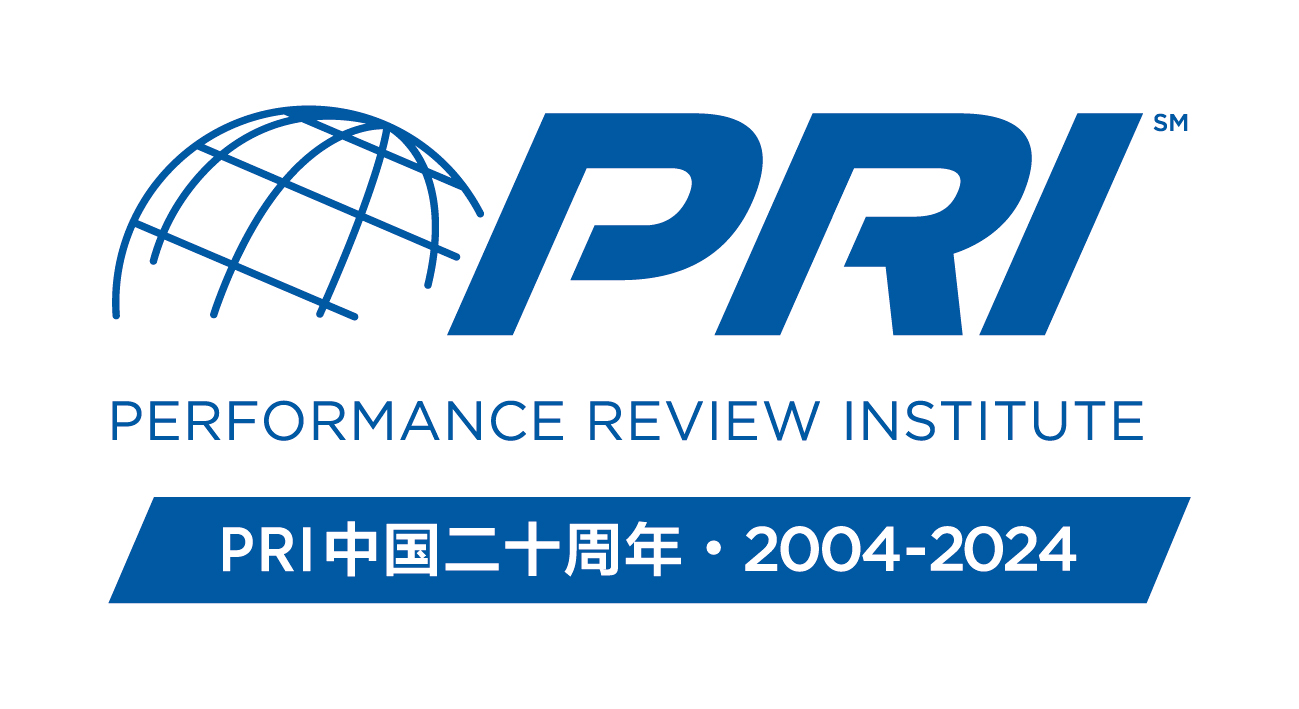As with all things in life, change happens. The same goes for the standards that organizations use as the basis for their Quality Management System (QMS). AS/EN/JISQ 9100 was published and released on September 23, 2016. This means that organizations need to start preparations now for their transition to the new revision of the standard.
ISO 9001, which is the base document for 9100, went through a major overhaul with its latest revision in 2015. The format changed to a 10-clause structure. This 10-clause structure is based on the PDCA (Plan-Do-Check-Act) sequence. The reasoning behind this structure change is to ensure greater harmonization among the many different management system structures. So, for those organizations that hold multiple ISO accreditations, documentation of the requirements should be easier.
Some of the other differences between the old and new revisions of the standards are:
- An explicit requirement for risk-based thinking to support and improve the understanding and application of the process approach
- Fewer prescriptive requirements
- More flexibility regarding documentation
- Improved applicability for services – less manufacturing centric
- Increased emphasis on organizational context
- Increased leadership requirements
- Greater emphasis on achieving desired process results to improve customer satisfaction
One of the biggest differences that will be noticed first when reading through either standard is the lack of the terms ‘
procedure’ and ‘
record’. These terms have been replaced with the new single term ‘
documented information’. Organizations are now given the freedom to determine how much documentation they need to run their business and ensure that the QMS is performing effectively. The standards still require documented information adequate to support the operation of the organization’s processes.
Verbiage throughout the standards will be:
- Documented information needs to be maintained = documents, procedures, work instructions, etc.,
- Documented information needs to be retained = records
Risk-based thinking is something we all do automatically and often sub-consciously to get the best results. The concept of risk has always been implicit in ISO 9001; the 2015 revision makes it more explicit and builds it into the whole QMS. Risk-based thinking ensures risk is considered from the beginning and throughout the QMS and makes “prevention” a part of strategic and operational planning. This is a positive change as the benefits of risk-based thinking can only help an organization; focus on priorities and what adds value to the company, ensures greater knowledge of risks and improves preparedness, increases the probability of reaching objectives, and reduces the probability of negative results.
Concept of change is scattered throughout the document. The standard then becomes a dynamic framework, enabling organizations to adapt to their changing environments or circumstances.
- Planning / implementing changes to the QMS (6.3)
- Organizational knowledge - for addressing changing needs and trends, with respect to knowledge (7.1.6)
- Controlling operational changes, planned and unintended (8.1)
- Ensuring appropriate actions are taken about changes relating to requirements for products and services (8.2.4)
- Managing changes relating to design and development (8.3.6)
- Addressing changes affecting production or service provision (8.5.6)
A new definition and clause (8.1.4) has been added to 9100:2016. This is the introduction of counterfeit parts and counterfeit part prevention. As appropriate to the organization and the product, processes to plan, implement, and control counterfeit or suspect counterfeit part use shall be included into the QMS. While most organizations may see this as a huge undertaking, it may not be as difficult as it seems. Many of the steps that are in place now when inspecting incoming goods may take care of this requirement. This is a topic that organizations need to discuss with their certification body on how best to deal with it.
Product safety is another new definition and clause (8.1.3) that was added to 9100:2016. This includes requirements to address product safety considerations throughout the product lifecycle, as appropriate to the organization and its products and services. This is the Aviation, Space and Defense (AS&D) industry’s acknowledgement of the importance of increasing safety. As with counterfeit parts, this is a topic that organizations need to discuss with their certification body on how best to deal with it.
Don’t let the new look of the revised standard intimidate you. Many of the old requirements are still there, they have just been relocated and possibly reworded for better clarity. Both the ISO 9001 and 9100 standards contain annexes with explanations of some of the newer requirements.
Organizations need to contact their Certification Body right away to discuss transition timelines. The timeline for transition of 9100:2016 is shortened, as the IAQG is using the same timeline as ISO 9001, which has a one (1) year head start.
There is guidance information available from the International Aerospace Quality Group (IAQG) and the ISO standards websites. eQuaLearn offers a three-hour webinar training that covers the main differences between the old revision of 9100 and new revision. A few upcoming webinar dates and times are listed below.
| 8 December 2016 |
8:00am-11:00am EST |
| 18 January 2017 |
12:00pm-3:00pm EST |
| 8 March 2017 |
8:00am-11:00am EST |
| 6 April 2017 |
12:00pm-3:00pm EST |
eQuaLearn also offers a public one day AS9100 Rev D course and is a more in-depth training than the webinar training. Upcoming training dates and locations are listed below. All public trainings run from 8:00am-5:00pm local time.
| Torrance, CA |
12 December 2016 |
| Torrance, CA |
8 February 2017 |
| Hartford, CT |
10 May 2017 |
Please check out
www.equalearn.com for a complete list of upcoming training in your area or email an eQuaLearn team member at
eQuaLearn@p-r-i.org if you have any questions.





